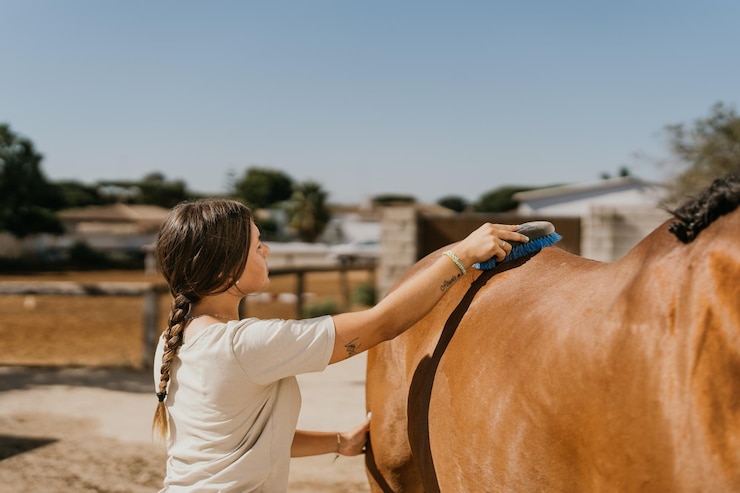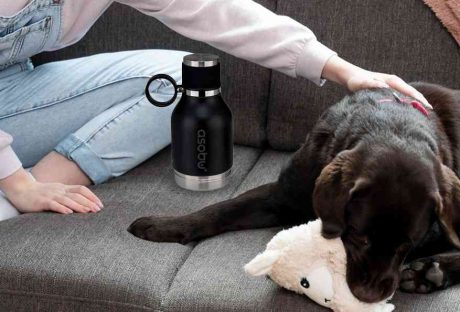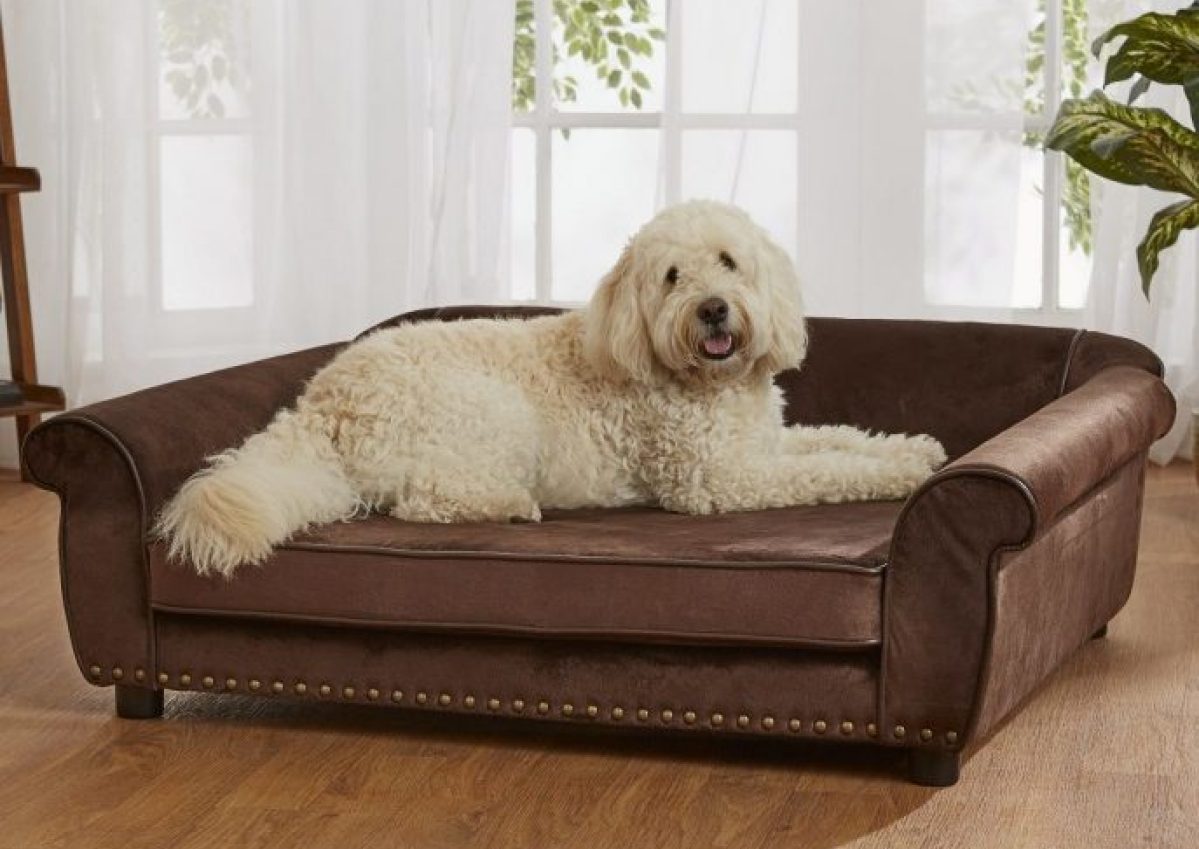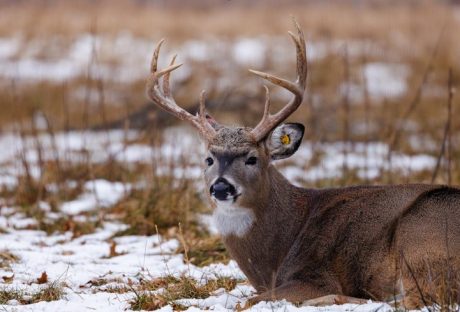Horses should be brushed daily, and before & after each ride.
Rinse the horse off if it is sweaty or wait for it to dry, then brush. It is important to get salt from the sweat off the horse because left on it may cause skin inflammation.
Other dirt and materials can also get lodged in the horse’s fur and cause damage to the skin too.
How Often Should You Brush A Horse?
Brushing a horse is an important part of horse care, as it helps to keep the coat healthy, shiny, and free of dirt and debris. It also improves blood circulation, releases natural oils, and strengthens the bond between the horse and the owner. How often you should brush a horse depends on several factors, such as:
- The horse’s lifestyle: Horses living outside and in herds may not need as much brushing as horses living in stables and ridden frequently. Horses living outside may roll in mud or dust, protecting their skin from insects and weather. Horses that live in stables may accumulate more sweat and dirt, which can cause skin problems or infections.
- The horse’s coat type: Horses with long or thick coats may need more brushing than horses with short or thin coats. Long or thick coats can trap dirt and moisture and require more trimming or clipping. Short or thin coats may dry faster and shed less and may only need a light brushing.
The season: Horses may need more brushing during the shedding seasons, which are usually spring and autumn. During these times, horses lose their winter or summer coats and may have more loose hair and dead skin cells. Brushing can help to remove these and prevent matting or tangling.
Can Massage Relieve Pain?
Even though you will not find a lot of studies on the rewards of massage, as a therapy, it still grows among horse owners, riders, and healthcare providers.
It is known that massage therapy lessens and soothes muscle tension in humans and can also achieve similar results in horses. Abating tension comes with pain relief too. Scar tissue also benefits from massage therapy.
The tissue is loosened systematically, allowing the horse to move freely with time and reducing the coupling pain. A combination of massage and stretching helps bring back a horse’s mobility post-injury, relieving tension as collagen fibers cure and integrate after trauma.
Most owners tend to use old-school brush sets when grooming, which you may know can be cumbersome. Carrying around a curry brush, hard brush, and medium brush can be an inconvenience when you have other things. Well, you can throw your brushes and get ready for the absolute best for your horse’s massage and grooming sessions.
With Curry on a Stik, you get a superior massage and grooming quality in an easy-to-handle ergonomically designed handle. This veterinarian-tested tool is not only a grooming tool but a proven therapeutic instrument.
It will not only clean, groom, and massage, but it will also strengthen the bond between you and your horse. The design of the forks on the curry, creates a pleasurable sensation, turning even the shyest animal into a massage and grooming enthusiast.
Whether you are bathing, shedding, or massaging for pain relief, you only have to use one tool from now on, Curry on a Stik. This revolutionary curry not only has a design meant to ease use by arthritic hands, but it also has a handle to enable young people to groom horses from a safe distance.

Can Use a 1 Lb. Car or a 1 K Horse
Professional horse handlers from the world over love the Curry on a Stik not only for the superior quality massage but also because it brings new health to your horse’s coat. If you have smaller furry pets, fret not, this product can be used on a 1,500 lbs. horse and still do wonders on a 10-pound cat.
Can Be Used as a De-shedding Brush
You will not have to buy any more shedding brushes when you have Curry on a Stik. Two years went into research on designing this curry to make it as efficient as possible but also give you the most utility available in the market.
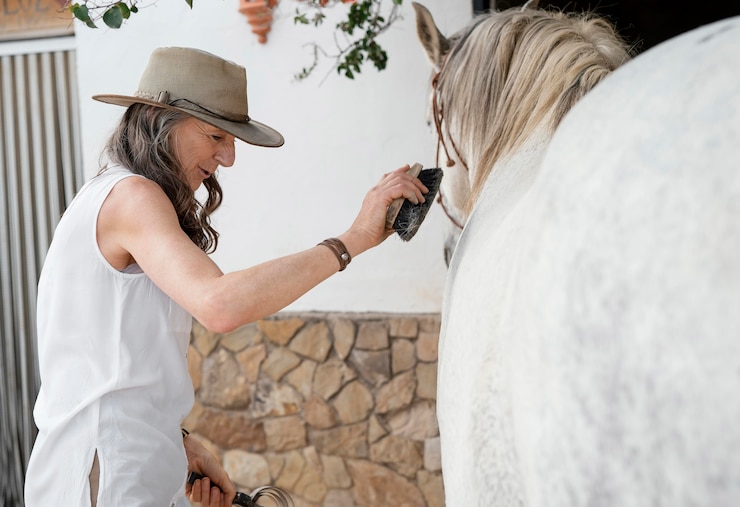
Can Be Used as a Massaging Brush (Tired/Sore Muscles/“Stagnation”)
This curry was first designed as a massage brush and has found favor with equine massage therapists all over the world. In a lot of cases, stagnation is temporary, coming in and out.
It usually manifests as a blunt radiating pain that might occur on the front limbs or anywhere on the body. Getting rid of stagnation is best done with a combination of two actions.
The first thing we have already covered is the massage with a curry. The second is adjusting the animal’s diet to be more geared towards providing the liver with more nutrition.
Ergonomic Handle – Usable by People Who Have Issues with Hand Mobility
Arthritic symptoms can bring a rift between you and your horse. There hasn’t been a brush on the market that considers riders and handlers with hand movement difficulties.
Even with regular hands, keeping your fingers fastened along the circumference of the curry grows tiring, uncomfortable, and puts gunk right in your nails. The considerate team at Curry on a Stik came up with a design that takes pressure away from your elbow, wrist, and fingers all at the same time.
The ergonomic design has even been backed by long-time veterinarian Dr. John Langlois, an accomplished horse expert with an alphabet soup of qualifications.
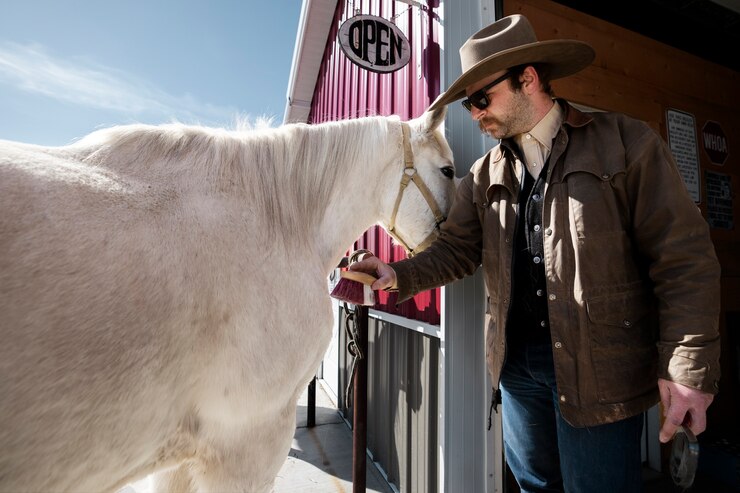
Kids Can Use It Because the Handle Is Longer, so They Can Safely Brush Horses
If you are a long-time vet and rider, there is a good chance you started at a very early age and have encouraged your kids (if you have any) to get closer to your horses.
Problem is, horses are big and well, kids are small. Most children cannot even reach halfway up the horse’s side, so how are they supposed to massage or groom them?
Curry on a Stik, that is how. Its elongated handle was designed specifically with kids in mind. Now, young ones can join in on the bonding process by massaging the horses too. The ergonomic design, coupled with strategic weight distribution, makes it easy to use, even for the little ones.
Additionals:













